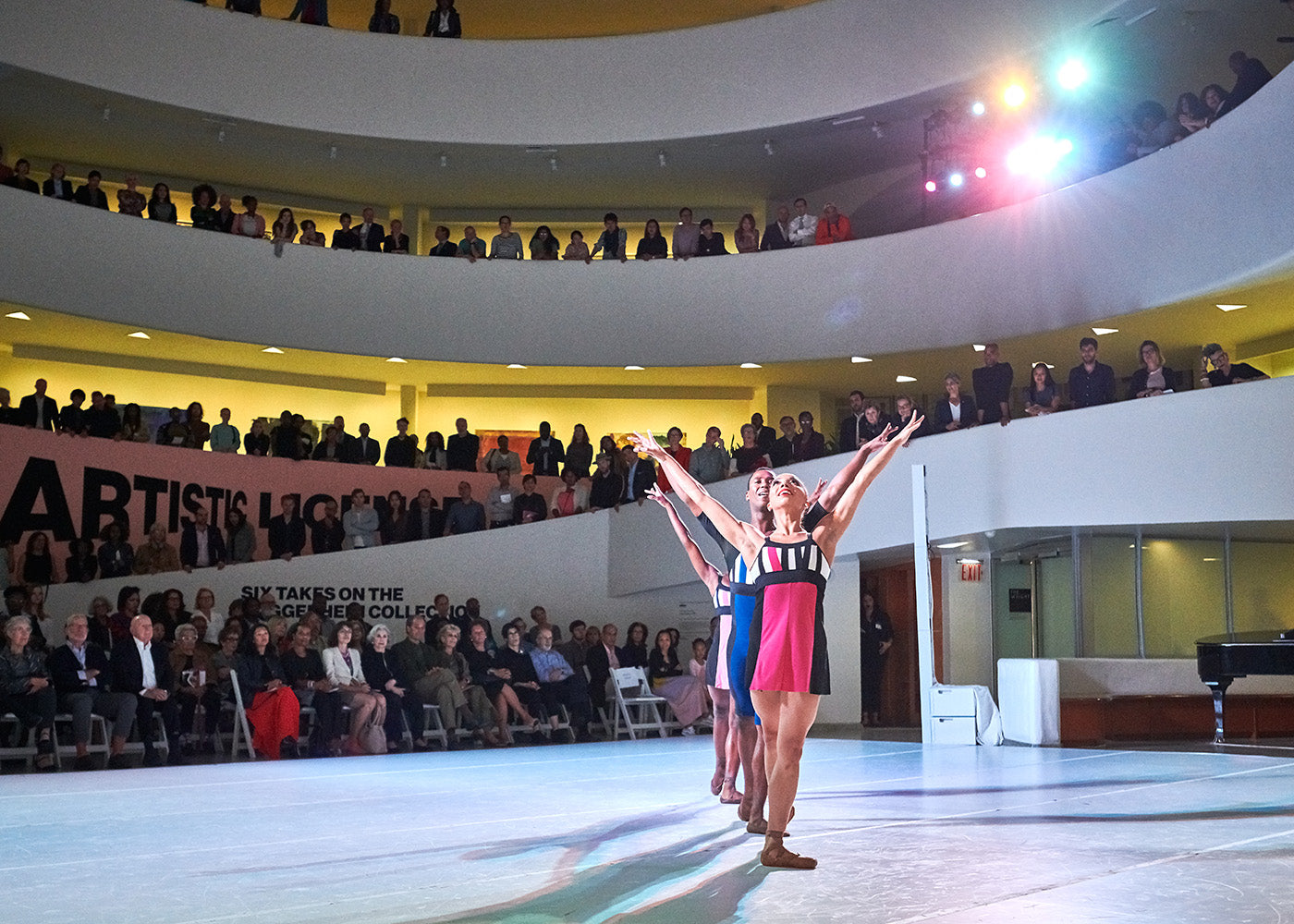Ultimate Release
Perhaps not since Mikhail Fokine’s 1905 iconic “The Dying Swan” has there been as haunting a solo dance depiction of avian death as Aakash Odedra Company’s “Songs of the Bulbul” (2024).
Continue Reading
World-class review of ballet and dance.
The Guggenheim Museum’s beloved behind-the-scenes New York dance series, Works & Process, was founded in 1984 by philanthropist Mary Sharp Cronson.
“The story goes that the Guggenheim approached her and said, ‘Will you underwrite a performing arts series?’” said Duke Dang, executive director of Works & Process. “She had been on the board of New York City Ballet. Her brother, Peter Jay Sharp, was the chair of Juilliard. Her mother was the board chair of Martha Graham in the ‘70s. It makes sense that the Guggenheim would approach her. But she wasn’t just going to write a check and hope that the work got done. She said, ‘I’m creating a nonprofit so that I can make sure that artists are paid.’ She recognized her privilege, having grown up in a family where she was always invited to a dress rehearsal or to visit the studio or given a chance to meet artists at a reception. She wasn’t interested in creating another performing arts series. She wanted to share this experience she had had in her life with anyone who was willing to buy a ticket. And I continue to tell the story because these two principles still guide us: One, artists are always paid. And two, sharing the creative process.”



“Uncommonly intelligent, substantial coverage.”
Your weekly source for world-class dance reviews, interviews, articles, and more.
Already a paid subscriber? Login

Perhaps not since Mikhail Fokine’s 1905 iconic “The Dying Swan” has there been as haunting a solo dance depiction of avian death as Aakash Odedra Company’s “Songs of the Bulbul” (2024).
Continue ReadingDance, at its best, captures nuance particularly well, allowing us to feel deeply and purely. In its wordlessness, it places a primal reliance on movement and embodied knowledge as communication all its own. It can speak directly from the body to the heart, bypassing the brain’s drive to “make sense of.”
Continue Reading“Racines”—meaning roots—stands as the counterbalance to “Giselle,” the two ballets opening the Paris Opera Ballet’s season this year.
Continue Reading“Giselle” is a ballet cut in two: day and night, the earth of peasants and vine workers set against the pale netherworld of the Wilis, spirits of young women betrayed in love. Between these two realms opens a tragic dramatic fracture—the spectacular and disheartening death of Giselle.
Continue Reading
What a great interview Candice! I was a participant in early W&P shows when Duke was pretty green, but even then his intelligence, enthusiasm, and work ethic were as clear as day. Kudos Duke for your astonishing and wonderful accomplishments!